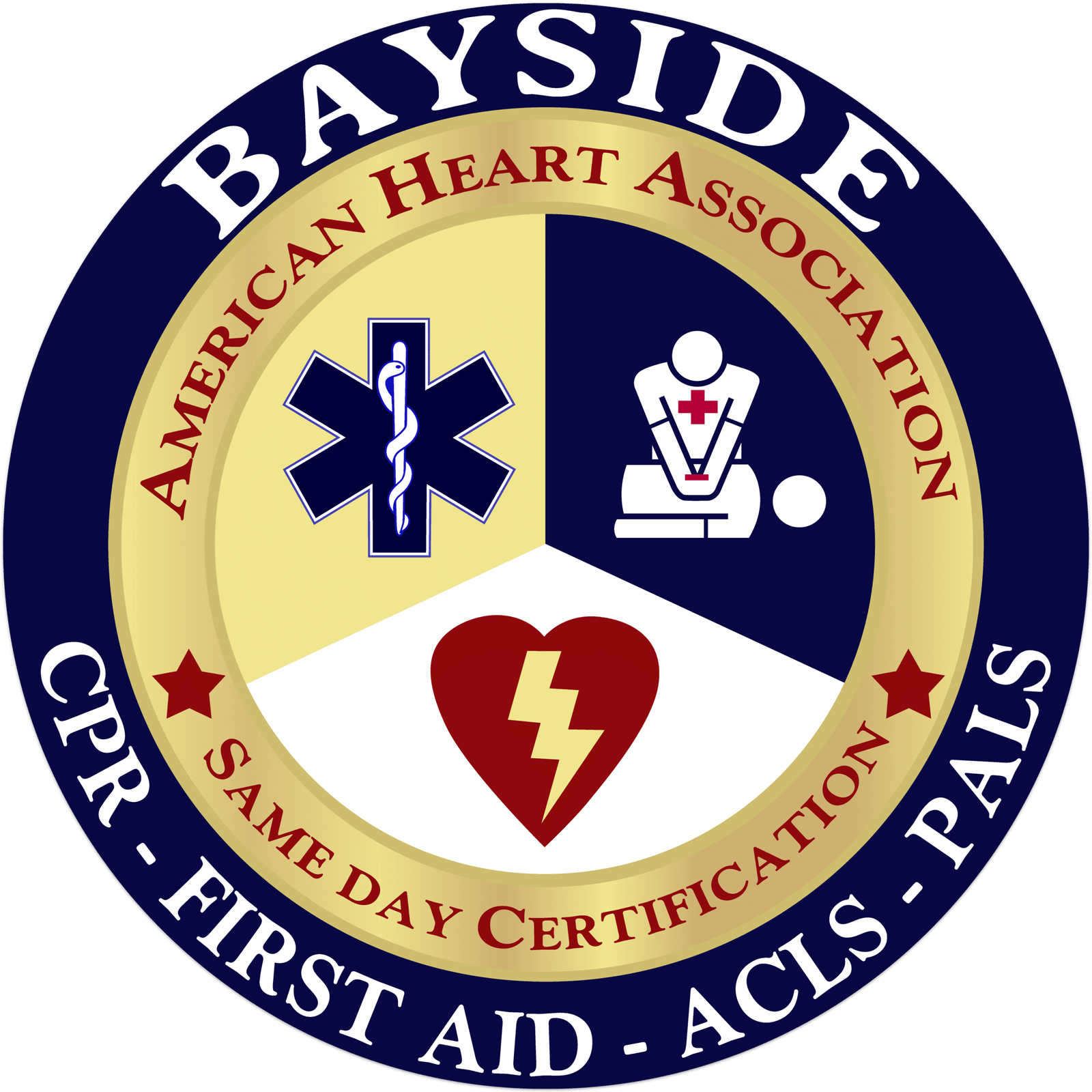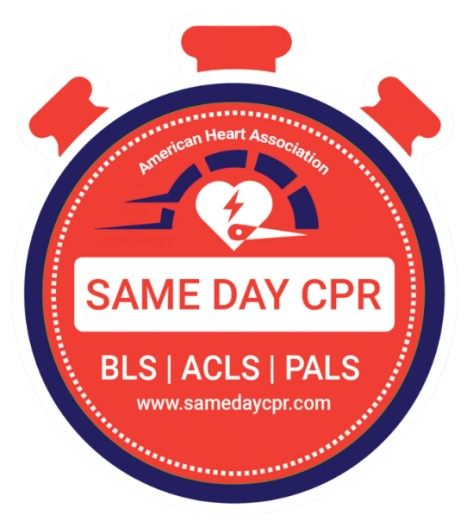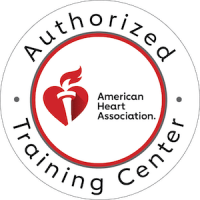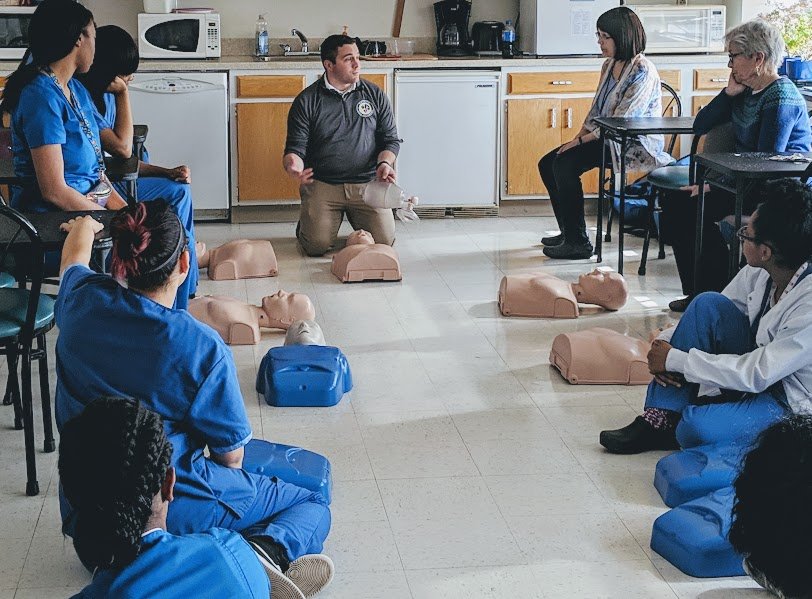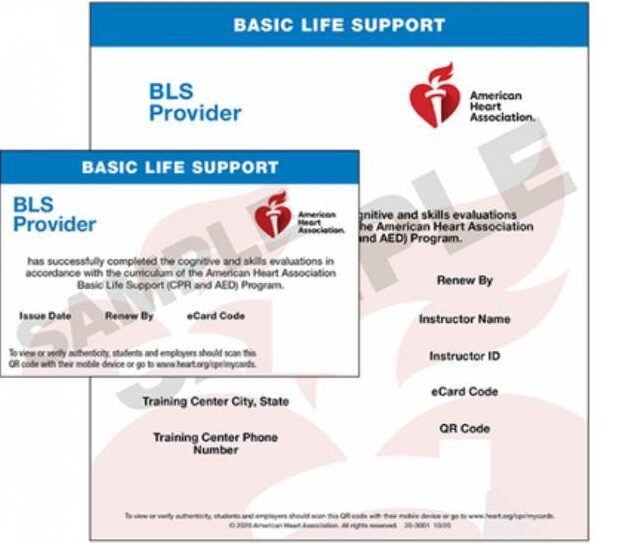Cardiopulmonary Resuscitation (CPR) is more than just a crucial medical procedure; it’s a vital skill for athletes and sports coaches. In the world of high-intensity sports, the risk of sudden cardiac arrest (SCA) can occur without warning. When these emergencies arise, the immediate actions of those nearby can make all the difference. That’s where CPR becomes not only helpful but life-saving.
This blog highlights the critical role of CPR training in sports and emphasizes that skilled responders on the field are just as important as the necessary medical equipment.
We’ll also discuss the growing awareness of SCA among athletes, the importance of CPR training for coaches and sports staff, and how creating a culture of preparedness can protect lives. Whether you’re an athlete, trainer, parent, or part of a sports organization, learning and encouraging CPR is essential for creating a safer sports environment for all.
Let’s dive into how CPR and sports are closely connected and why this life-saving knowledge should be part of every team’s game plan.
The Critical Need for CPR in Sports
Athletics and sports competitions push the human body to its extremes, sometimes triggering hidden or underlying health conditions, particularly those related to the heart. Sports facilities must be equipped not only with proper emergency equipment but also with trained personnel ready to respond to cardiac events. High levels of effort associated with sports increase the risk of experiencing sudden cardiac arrest, which highlights the importance of CPR in sports. It is therefore imperative for all involved, coaches, trainers, and athletes, to be prepared to respond effectively.
Understanding Sudden Cardiac Arrest in Athletes
Sudden cardiac arrest is an electrical disturbance in the heart that disrupts its pumping action, stopping blood flow to the rest of the body. It’s a leading cause of premature death in athletes during sports. Unlike a heart attack, which is typically caused by obstruction of blood flow to the heart muscle, SCA might occur in individuals with undetected heart conditions, increased by physical effort is increased.
Prevention and Preparedness
Effective prevention and emergency preparedness can significantly enhance survival rates from SCA. Developing an emergency action plan (EAP) that includes regular health screenings, training in CPR and AED use, and accessible emergency equipment is crucial. Regular drills and training ensure that everyone knows their role in an emergency, improving the overall response time and effectiveness.
Benefits of CPR Training in Sports
In sports, where athletes push their bodies to the limit, the risk of SCA is a serious concern. CPR training ensures that coaches and sports staff are prepared for recognizing the event of a cardiac emergency and protecting athletes with immediate care until professional medical help arrives. Whether it’s performing CPR or delivering an electric shock to the heart using an AED, being prepared can make all the difference when it counts.
Immediate Response Saves Lives
Statistics show that immediate CPR following an SCA can double or triple a victim’s chance of survival. As stated in the Out-of-Hospital Cardiac Arrest (OHCA) facts by the American Red Cross, each minute delay in starting CPR reduces the likelihood of survival by 10%. That’s why having a well-practiced emergency CPR response for athletes is so important. By training coaches, staff, and athletes, ensures that the victim can receive life-saving measures within the first critical minutes, significantly increasing the chances of survival.
Empowering Athletes and Coaches
CPR training in sports goes beyond emergency response, it equips athletes and coaches with the confidence to take control of their safety and support those around them. This sense of preparedness helps build a strong culture of safety, which is a key part of teamwork and responsible sportsmanship.
Building a Supportive Community
When sports teams and organizations prioritize CPR and first aid training, they enhance the safety culture within their community. This preparedness not only benefits the individuals directly involved but also sets a standard of safety that extends to every participant and spectator in the sporting environment.
CPR for Athletes: Step-by-Step guide in a sports setting
Athletes are often seen as very healthy and strong because they exercise a lot. But there is an increased risk of cardiac arrest in sports due to intense physical activity or hidden medical problems. These heart emergencies happen suddenly and without warning. That’s why it’s so important for every sports-person to be prepared to act effectively, which can mean the difference between life and death. The guide below explains step-by-step how to do CPR properly in a sports setting.
1. Assess the Scene and Ensure Safety
Before approaching the athlete, quickly assess the area to ensure it’s safe for you and the victim. Clear away equipment or players if needed to prevent further injury.
2. Check for Responsiveness
Approach the athlete and firmly tap their shoulders while shouting their name. If there’s no response or only abnormal movements, this indicates a possible circulatory collapse. Immediately call 911 or have someone else do it.
3. Airway Management
Lay the athlete flat on their back. Tilt their head back slightly and lifted their chin to open the airway. Look, listen, and feel normal breathing for no more than 10 seconds. Airway management is a crucial first step in supporting life.
4. Check for Breathing and Circulation
If the athlete is not breathing or is only gasping, assume there is no effective circulation support. Do not delay CPR.
5. Begin Chest Compressions
Place the heel of one hand on the center of the athlete’s chest (lower half of the sternum). Place your other hand on top, interlocking the fingers. Perform chest compressions at a depth of at least 2 inches (5 cm) and at a rate of 100–120 compressions per minute. Allow full chest recoil after each compression. If there is no pulse or normal breathing, any delayed response in starting chest compressions can reduce the athlete’s chance of survival.
6. Provide Rescue Breaths
After 30 compressions, give 2 rescue breaths. Use a barrier device if available. Tilt the head back, pinch the nose, and give a breath lasting about 1 second each, watching for the chest to rise. Continue with cycles of 30 compressions and 2 breaths.
7. Use an AED if Available
If an Automated External Defibrillator (AED) is available, turn it on and follow the voice instructions. Expose the chest, apply the pads as shown, and clear the area when the AED analyzes the rhythm. Deliver a shock if advised.
8. Continue Life Support Until Help Arrives
Continue cycles of CPR; 30 chest compressions and 2 rescue breaths, until the athlete shows signs of life, trained professionals take over, or you are too exhausted to continue. Your timely and effective actions provide essential circulation support and airway management, increasing the athlete’s chance of survival.
CPR Is Critical Both On & Off the Field
CPR training is indispensable in sports, a sphere where the physical demands can often lead to life-threatening cardiac emergencies. By integrating CPR and AED training into regular sports training, organizations ensure that athletes, coaches, and staff are prepared to compete and confront potential emergencies effectively, not just during games or practices, but also in off-the-field situations like locker rooms, team travel, and training facilities. A delayed response in administering CPR during these critical moments can drastically reduce the chances of survival. Remember, the ability to perform CPR in the crucial moments after a cardiac arrest can transform every coach and athlete into a potential lifesaver. Investing in regular CPR training reflects a commitment to the well-being of all participants and promotes a culture of safety that extends beyond the playing field. We are committed to delivering high-quality emergency response training for all settings, from workplaces and schools to sports environments and beyond. Our programs cover everything from basic emergency response skills like first aid, CPR to advanced certifications. Get started with Bayside CPR today!
